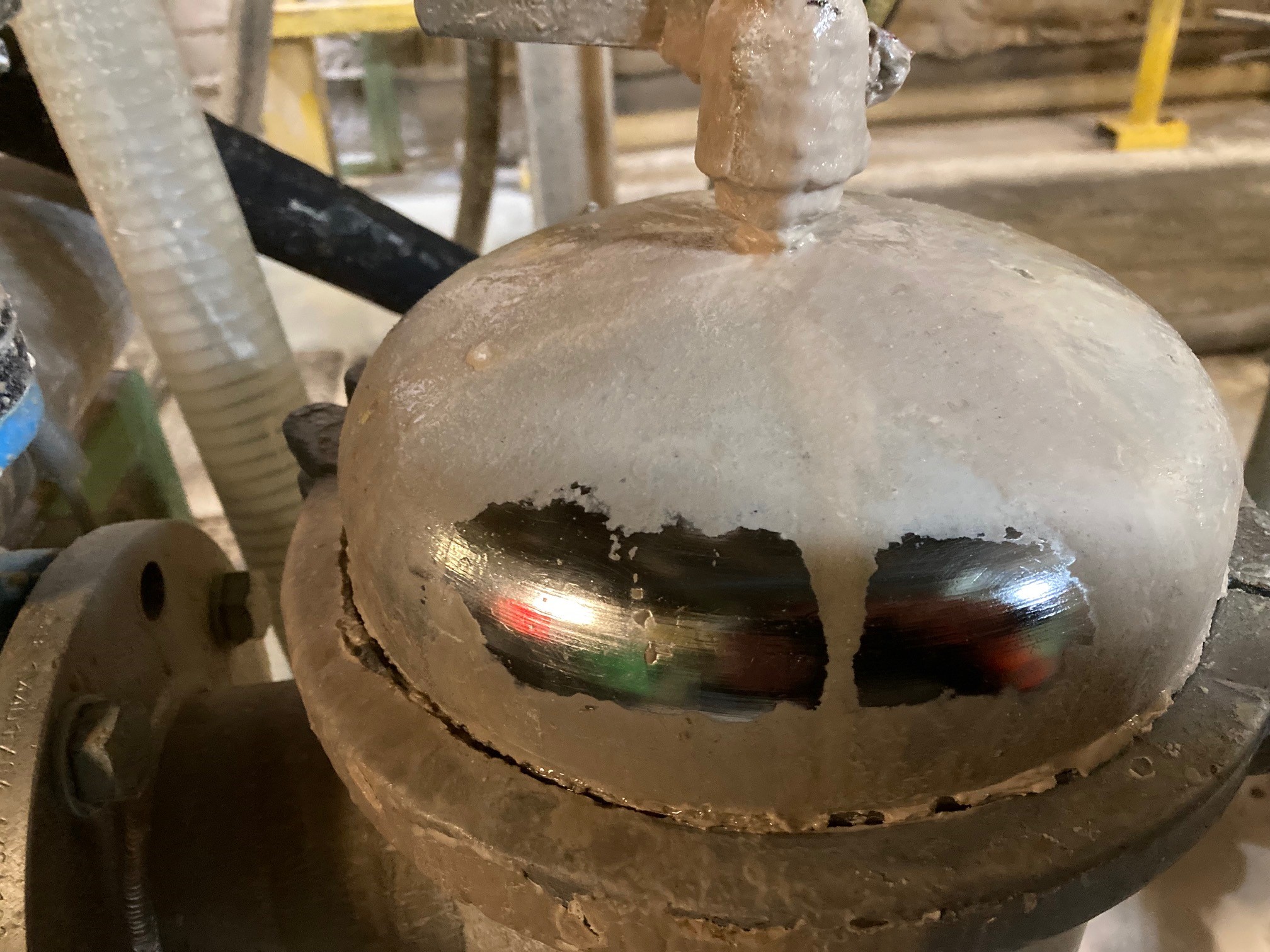Pay safely and quick with iDeal
Pay safely and quick with iDeal
Adhesives are found everywhere. Removing adhesive residues is a common task in the packaging industry, construction and interior design, furniture manufacturing, the cardboard industry and the automotive industry.

”
The adhesive not only sticks to the parts you want to glue together, but also to machines, components, chains, conveyor belts, tools and floors. To remove these adhesive residues, many companies use solvents such as acetone, thinner, sticker remover, benzene or turpentine. These products work effectively, but are very damaging to your employees’ health. Fortunately, safe adhesive removers are also available. Adhesive residues also compromise hygiene. A sticky surface is an excellent breeding ground for moulds and bacteria.
Sometimes, not only adhesive residue remains after removing the sticker, but also pieces of the sticker itself. There are types of glue that soften when you heat them (with a hair dryer, for example). Other types of glue are water-based and can be soaked in warm water. You can also try using a knife, a razor blade or a scraper. Make sure you do not scratch the surface! If this does not work, solvents are often used:
These solvents are often volatile and can be dangerous. Eco-Point has developed products to remove adhesive residues safely.
Because every glue has specific properties, unfortunately there is no universal adhesive remover. If adhesive has just been applied, excess adhesive can still be easily removed. But if it has already dried or is older, it gets more difficult. It is not always possible to determine which glue is involved. Adhesive residues can sometimes be removed with hot water. Water-based glue is soluble in hot water. Stubborn adhesive residues can also be sanded away: with a putty knife, sandpaper or sanding machine. Be aware that sanding down the adhesive residue can heat up the adhesive, making it liquid and sticky again. The surface where the adhesive is applied must also be considered. Adhesive is removed using methods such as soaking, heating or using solvents. With Eco-Point’s solutions, you can remove all types of glue.
Many solvents used in glue removal are highly volatile. This means they evaporate when exposed to air. The vapours spread in the room. When inhaled, there is an increased risk of irritation to the nose, throat or eyes. In high concentrations, it can even affect your nervous system and render you unconscious. Further, many solvents are highly flammable, carcinogenic or toxic. The hazard symbols on the packaging will inform you of the dangers.
Eco-point has products for removing adhesive residues from metal, concrete, wood, glass or plastic. In our laboratory in Halsteren, Brabant, we develop safe products for removing adhesive residues and other contaminants. It is important to us that the product works at least as well as your current product. We are always testing this. Do you want to replace the solvent you currently use for removing adhesive residues? We will be happy to visit you on site for a free test with no obligation. You will receive personal recommendation from our product expert and experience the effect of the products in your specific application. Or experience the effect of our adhesive removal products for yourself and request a free test sample below!”